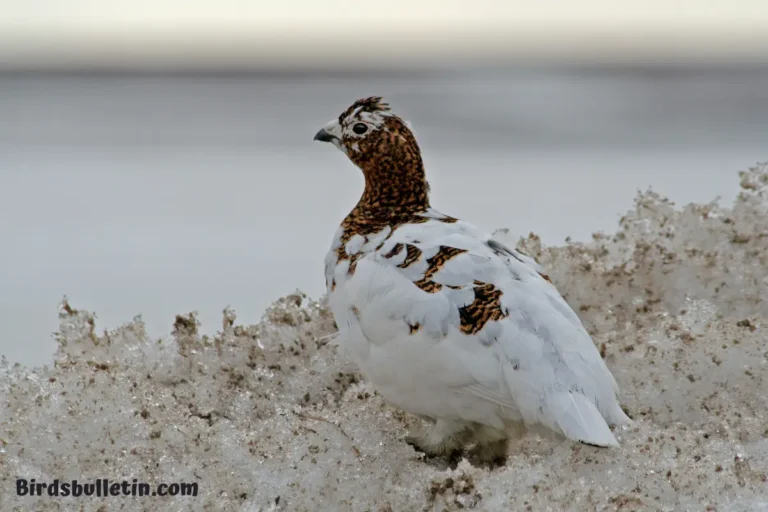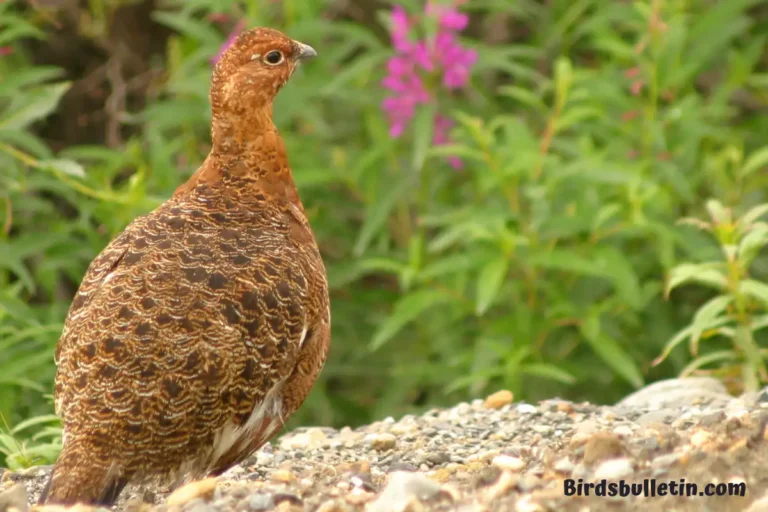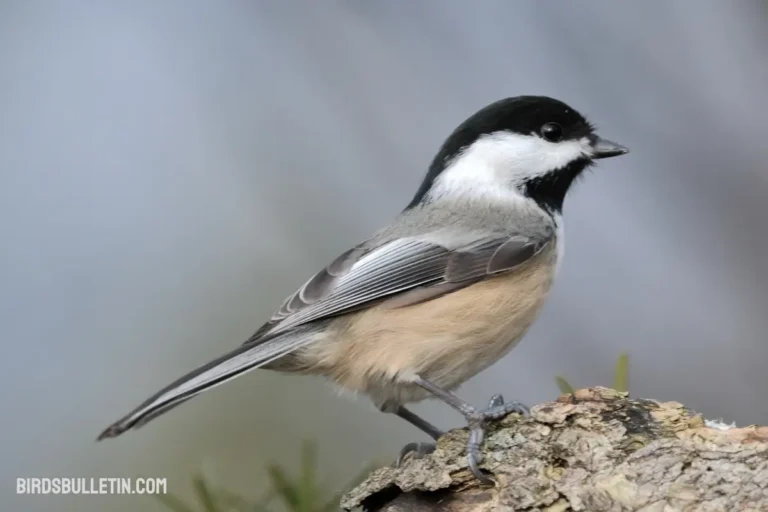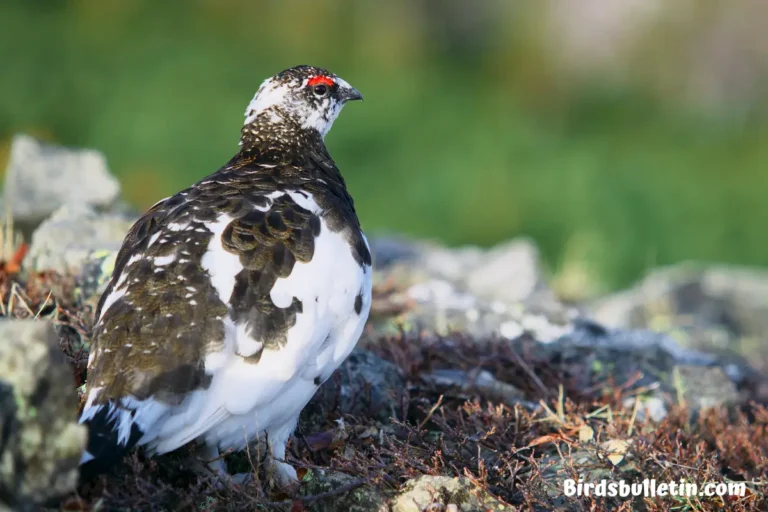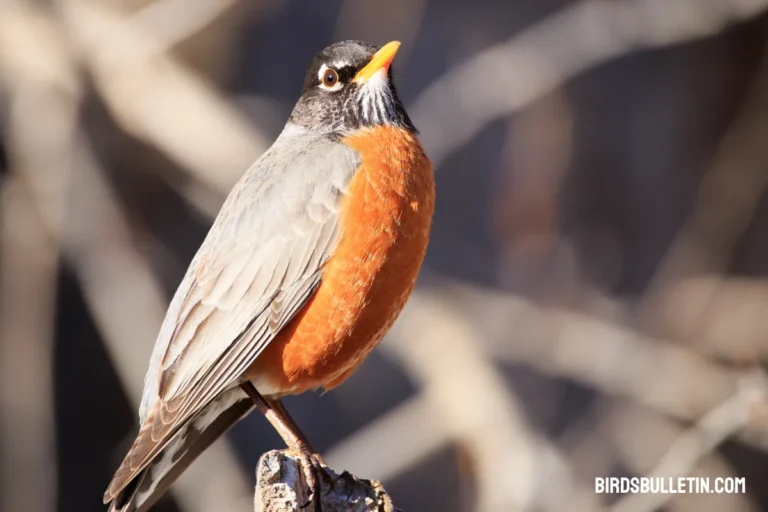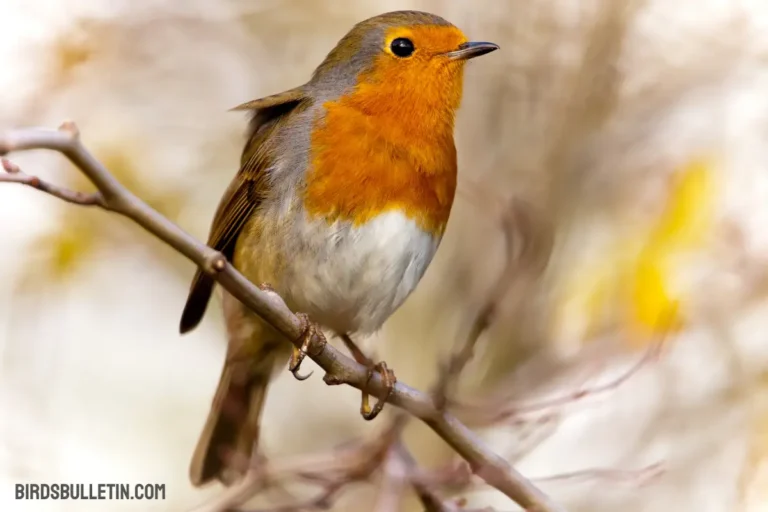Overview Of Poecile Rufescens Rufescens
With its cheerful song and energetic antics, the chestnut-backed chickadee brightens forests along the Pacific coast. This small passerine bird is best recognized by the broad reddish-brown band adorning its flanks, distinguishing it from other chickadee species.
Ranging from southeast Alaska down through British Columbia and the Pacific Northwest, the chestnut-backed chickadee thrives in the wet coastal rainforests it calls home. It can also be found among the giant redwoods of Northern California.
Throughout its range, these agile birds add a splash of color and vitality to the dense coniferous forests they inhabit. The chestnut-backed chickadee displays remarkable adaptability across this diversity of ecosystems.
Interested in similar topics on bird subspecies
Scientific Classification
- Kingdom: Animalia
- Phylum: Chordata
- Class: Aves
- Order: Passeriformes
- Family: Paridae
- Genus: Poecile
- Species: Rufescens
- Subspecies: Rufescens (Townsend, 1837)
Identification
The chestnut-backed chickadee is a small, plump bird about 12-14 cm in length. It has a black cap and bib, white cheeks, and reddish-brown flanks.
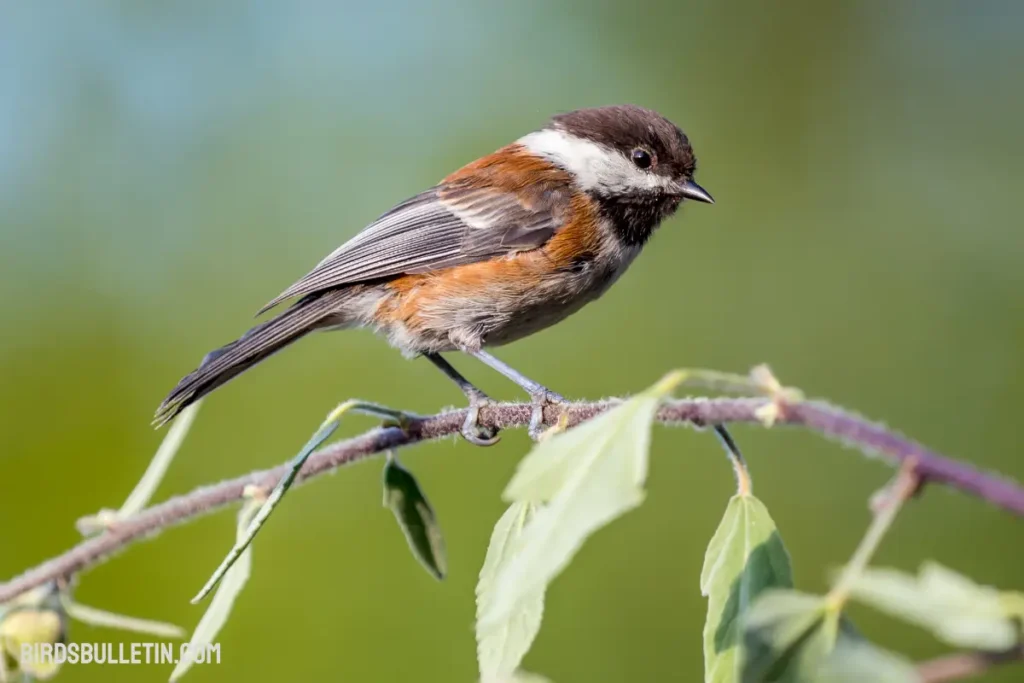
The broad reddish-brown band on the flanks distinguishes it from other chickadee species. It has a short black bill and black legs and feet. Juveniles have a grayer cap and bib.
Location
The chestnut-backed chickadee is found along the Pacific coast from southeastern Alaska to northwest California.
Its range overlaps with the boreal chickadee in British Columbia and Alberta. It inhabits coniferous forests, especially in wet coastal areas.
Interesting Facts
- Chestnut-backed chickadees are non-migratory and reside in the same area year-round.
- They have complex vocalizations including a whistled song and harsh alarm calls.
- They are social birds that travel in flocks and may join mixed flocks with other chickadee species and woodpeckers.
- They can dig tunnels in decomposing wood to excavate nesting and roosting cavities.
- Their diet consists mainly of spiders and insects gleaned from branches and twigs. They also eat seeds and berries.
Conservation Status
The chestnut-backed chickadee has a large range and a stable population. It is evaluated as a species of least concern on the IUCN Red List.
Conservation of Natural Habitat
The main threats are habitat loss due to logging and development. Conserving mature coniferous forests within its range will provide vital breeding and foraging grounds. Protection of old-growth trees allows natural nesting cavities.
Frequently Asked Questions
01. What makes the chestnut-backed chickadee different from other chickadee species?
The broad reddish-brown band on its flanks distinguishes it from other chickadees that have white or gray flanks.
02. Where are the best places to see the chestnut-backed chickadee?
Some top spots are coastal forests in British Columbia, Vancouver Island, the Olympic Peninsula, and Northern California. Look for them feeding in flocks in tree canopies.
03. How can I attract chestnut-backed chickadees to my backyard?
Offer sunflower seeds, suet, and peanuts in feeders. Leave dead snags and trees to provide nesting sites. Plant native conifers like Douglas fir that provide food and shelter.
Summary
The chestnut-backed chickadee is a small songbird characterized by its reddish-brown flanks. It inhabits coniferous forests along the Pacific coast. It has complex vocalizations and social habits.
The species has a stable population and is of least concern, but its specialized habitat requirements mean conserving mature coastal forests remains important.


